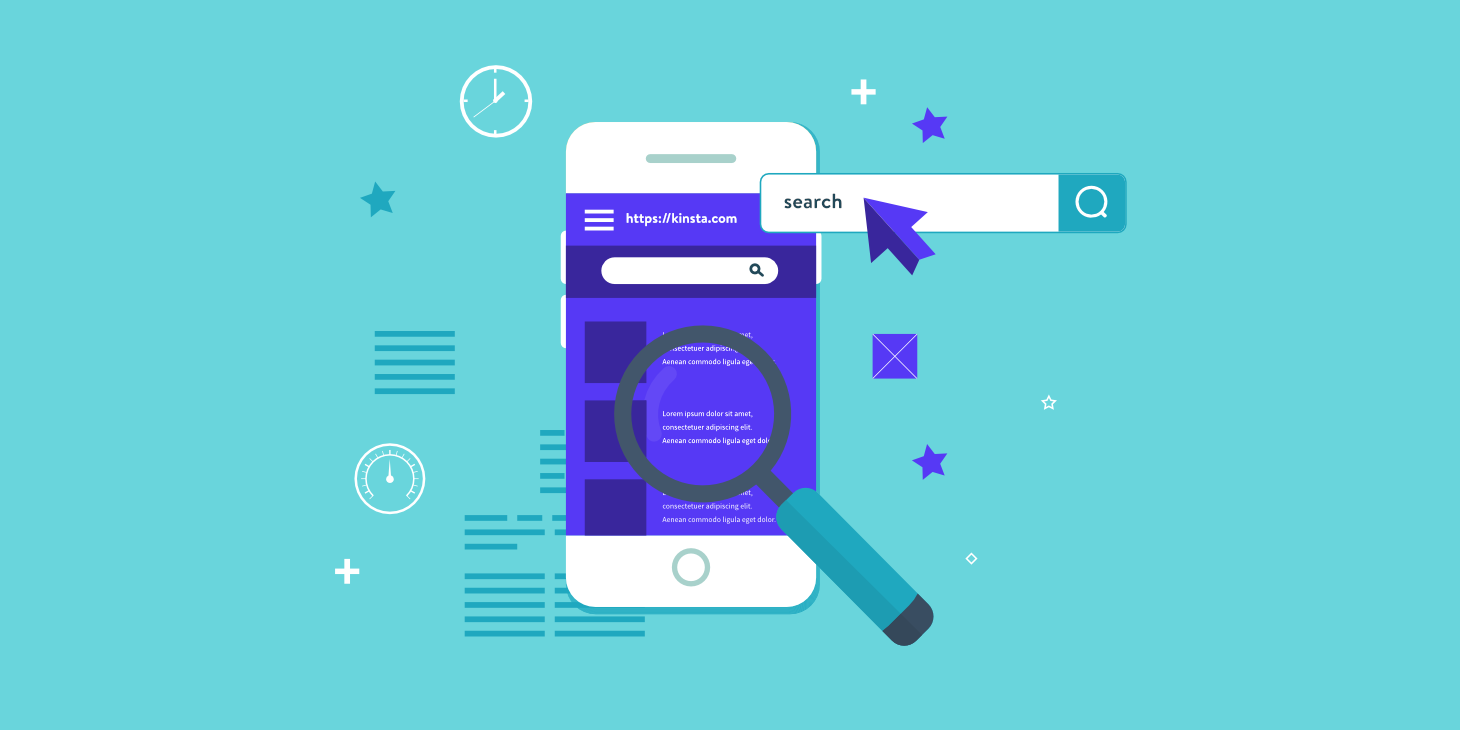Google announced the usageit’scell-first indexing for over 1/2 of the internet pages shown in its search results globally — a significant milestone in Google’s circulateGoogle’sfer mobile websites over desktop websites in its search outcomes.
The plans for the task had been in the works for years.
The organization first unique its efforts around cellular-first indexing back in 2016, in which it explained the effects of how its seek index operates. It said it might shift over to the usage of the mobile version of an internet site’s content to site’s pages to understand its established information and show snippets from the website in Google’s seek consGoogle.
Its reasoning in its back of the alternate is simple: Most humans seek Google from a mobile tool, no longer a computer PC. But Google’s ranking on the net had been originally constructed for the computing device generation. They still observe the laptop version of the page’s content manpage to decide its relevance to the person.
This, naturally, causes troubles when the computing device website online and the cellular web page are not in sync.
Before responsive web layouts became more magnificent, many web page proprietors built a separate, more straightforward, and sometimes less informative model in their website for their mobile web traffic. These customers may also have been guided to the site online due to Google Search. But as soon as they got there, they couldn’t find what they were seeking as it became purest available on the laptop model of the internet web page.
In December 2017, Google said it had begun transitioning a small handful of sites to mobile-first indexing.
Earlier this year, Google announced it had all started formally rolling out its “cell-first”” ng of the “eb, following 12 months and a 1/2 of trying and experimentation. At the time, it stated it would first pass over the sites already following the exceptional practices for cellular-first indexing. It additionally said it’d desire the website’s very own cesite’ssion of its webpage over Google’s speedy-loGoogle’sP pages.
Sites that might be shifted are notified via a message in Search Console after seeing expanded visits from the smartphone version of Googlebot, which crawls the cell version of their web page. Site owners can also review their server logs to sign the accelerated requests from Googlebot smartphones.

Google additionally offers a URL inspection device, which website proprietors can use to check how a URL from their site — like the homepage — finally crawled and listed.
Google these days notes that sites that don’t use responsible layouts are seeing commonplace troubles when Google attempts to transport them over to mobile-first indexing.
Some don’t use structurdon’tcords on their cellular websites, although they use it on the desktop. This is crucial as it helps Google apprehend the internet site’s content and highlight pages’ content. It seeks outcomes via its “fancier” features” like results, Knowledge Graph outcomes, stronger search consequences, carousels, and extra — basically any time you notice greater enticing search consequences that offer more than justjust a listing of blue links.
The employer also said that some mobile websites were lacking alt-text for photographs, which makes it harder for Google to apprehend the photographs’ content of the initial wave of sites being shifted over; Google had said that the cell-pleasant index wouldn’t at once content ranked, but it did say that a site’s cellular-frsite’s content will help it “perform better” i” cell search e” facts. Mobile-friendliness has also long been one of many factors determining how a domain is ranked. However, it’s not the best it’s
Google didn’t say what it didn’t want to do to its sites, which are not well-updated for the mobile network. However, it appears that evidently — at some unspecified time in the future — their ranking will be impacted.




